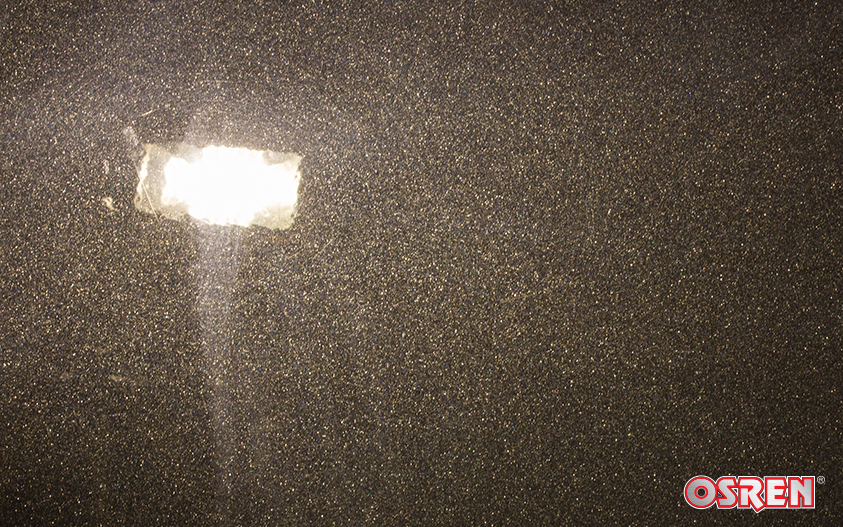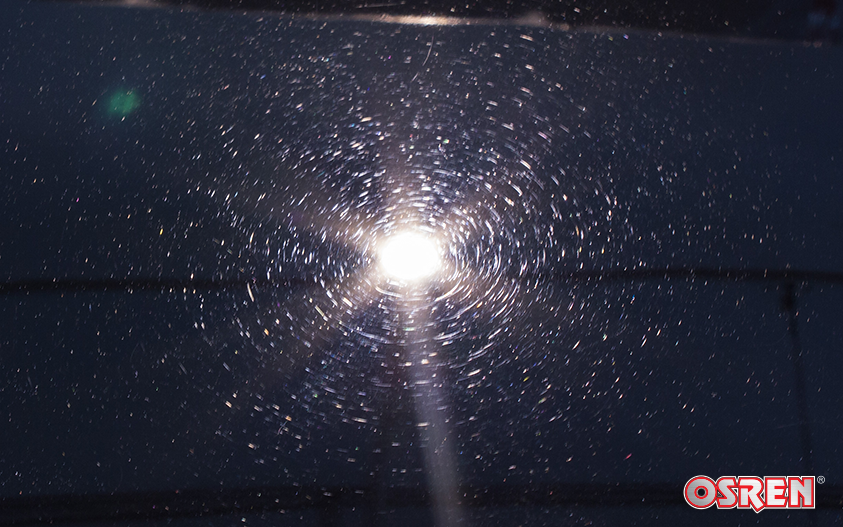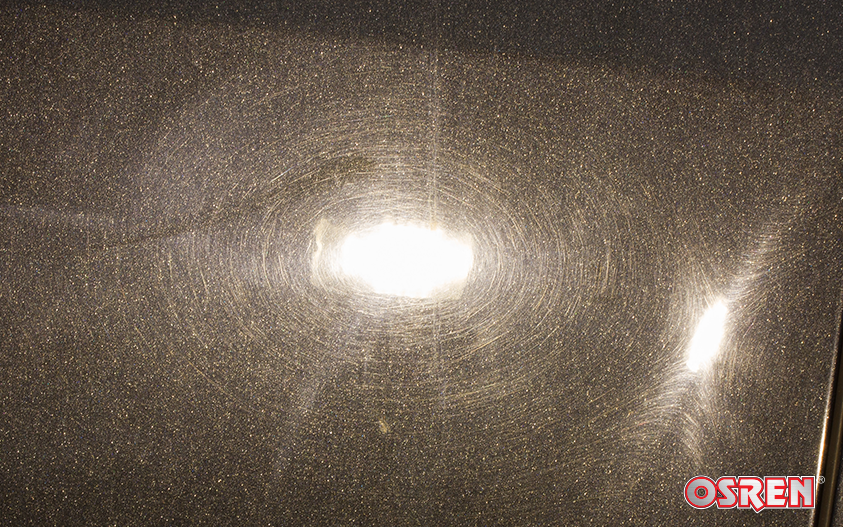How to identify different types of “swirls”
Differentiating between Buffer Swirls, DA Haze, Wash Marrings, and Holograms. Don’t let it confuse you!
Reminiscing the early days of my detailing exploration, one thing that have always left me perplexed is the terminologies used by the detailing industry. I’m sure at one point of time, others shared this feeling too!
Let’s face it, for enthusiasts who are seeking to understand more about paint correction or even seasoned ones, the jargons and gobbledygooks may leave one scratching their head. Have you ever wondered what is the difference between swirls and buffer swirls?
The fundamental of such classifications have their purpose and in actuality, should not be confusing at all. We are here to decipher and to simplify the differences. Understanding different classifications of defects may actually help in improving one’s approach in efficiency by eliminating a long list of guessworks. In addition, it also helps in preventing such defects from reoccurring in the future.
With advancement of detailing tools, abrasive technologies and findings, tackling various paint defects are now a walk in a park. All that is needed, is to understand how to differentiate the different types of swirls and subsequently deciding the next best course of action.
Let’s begin!
1. Buffer Swirls

Cause:
– Buffer swirls are caused by polisher (buffer) and often appear after heavy compounding stage. Buffer swirls are inflicted by aggressive polishing combination consisting of wool or foam pad
Characteristics:
– Buffer swirls are relatively thicker than other defects/swirls
– Highly visible under bright/white fluorescent light
– Diameter of swirls are more consistent in distance
Solution and Prevention:
– Use less aggressive of combination to polish. (pad, polish abrasive, machine speed)
Recommendation:
[Medium – Soft paint] = OSREN NAO Compound 46 + Lake Country Hybrid Blue Foam Wool + Dual Action Polisher @ Speed 5-6
[Hard paint] = OSREN NAO Compound 46 + Lake Country Purple Foam Wool + Interface + Rotary Polisher @ 1200-1500 rpm
2. Holograms

Cause:
– Holograms are often the result after compounding stage from wool, foam wool or foam pads
Characteristics:
– Halo/aura and flare like appearances
– Scattered light reflections
– Highly visible under the sun and when shine upon with a direct light source
Solution and prevention:
– Use less aggressive or follow up with less aggressive polishing combination. Dual action polisher is highly recommended
Recommendation:
[Hard paint] = OSREN NAO Compound 46 + Lake Country White Force Disc + Dual Action Polisher @ Speed 3-4
[Medium & soft paint] = OSREN Perfect Cut 20 + Lake Country White/Black Force Disc + Dual Action Polisher @ Speed 3-4
3. DA Haze

Cause:
– DA Haze (dual action haze/swirls/micro-marring) can happen due to various reasons. Dirty saturated pads, incorrect combination of pads or polish abrasive that imparts slightly more aggressiveness than intended. DA Haze often appear during polishing and finishing stage on softer paintwork.
Characteristics:
– Fine or hair-line swirls visible under direct light source (sun/fluorescent)
– Sporadically-uniformed swirls
Solution and prevention:
– Use less aggressive polishing combination. Switch pads or polishing abrasive when possible
Recommendation:
[Soft paint] = OSREN Perfect Cut 20 + Lake Country Black Force Disc + Dual Action Polisher @ Speed 3-4
[Medium paint] = OSREN NAO Compound 46 + Lake Country White/Black Force Disc + Dual Action Polisher @ Speed 3-4
[Hard Paint] = OSREN NAO Compound 46 + OSREN Black Finishing Pad + Rotary Polisher @ 600-800rpm
4. Wash Marrings

Cause:
– Improper washing techniques. Wash marrings are mirco-fine scratches that are marred by dirt and loose particles during washing process. It can also be caused by worn-out wash medium.
Characteristics:
– Defects are apart from each other
– Appears in from of swirls or straight lines, however due to lighting, it might look swirled
– Defects vary in depth and area
Solution and prevention:
– Remove as much loose dirts and debris during pre-wash, use legitimate automotive shampoo, practice proper washing technique with a proper wash medium . Rinse with 2 bucket system.
Recommendation:
– OSREN NAO Compound 46 + Lake Country Microfibre Cutting Pad / Lake Country Blue Hybrid Foam Wool + Dual Action Polisher @ Speed 3-4
With these I hope that it will be helpful in identifying different types of swirls and clarify the differences. The rule of thumb to keep when you are unsure is always to begin with the least aggressive approach and progressively step-up the combination if the former doesn’t work.
Happy detailing!






